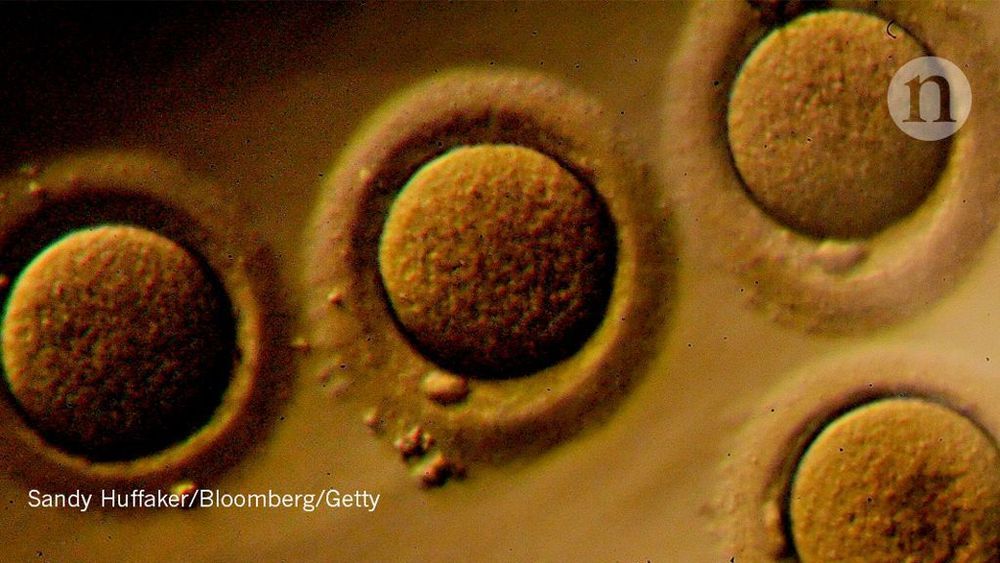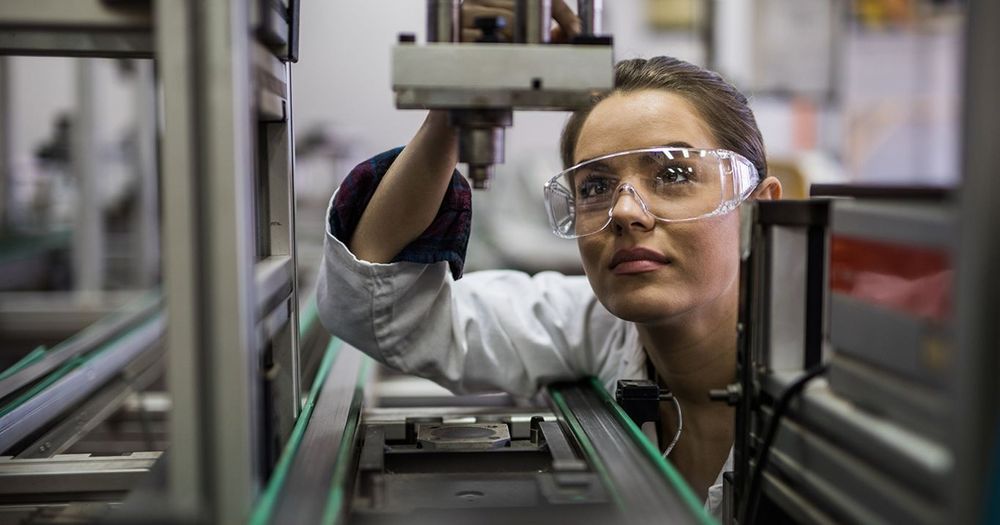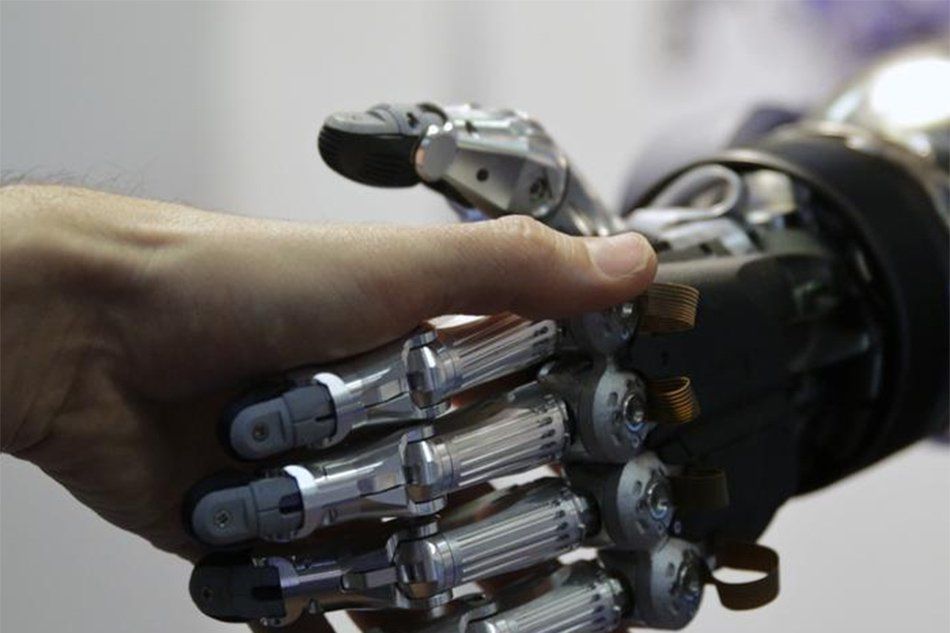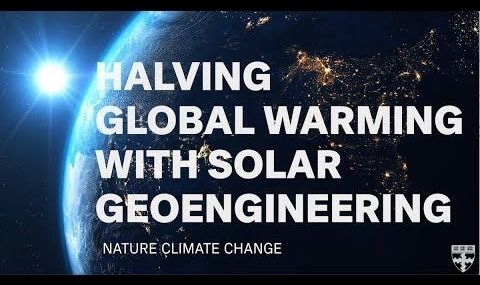Mar 17, 2019
The FCC Clears Experimental Frequencies to Pave Way for 6G
Posted by Quinn Sena in category: internet
The news also comes after President Donald Trump tweeted last month that he wants “5G and even 6G” cell service in the U.S. “as soon as possible” — even though we don’t even have 5G service yet.
“Today, we take big steps towards making productive use of this spectrum,” Pai said in the statement. “This will give innovators strong incentives to develop new technologies using these airwaves while also protecting existing uses.”

















